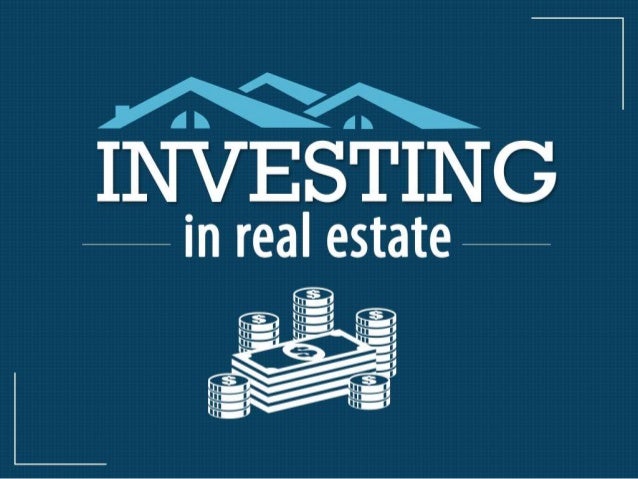Investing in commercial real estate has long been considered a lucrative way to build wealth and generate income. Traditionally, investors would take an active approach, directly acquiring properties and managing them on a day-to-day basis.
However, in recent years, there has been a significant rise in the popularity of passive investing in commercial real estate.
This article will delve into the concept of passive investing, explore its benefits, discuss different investment vehicles available, and provide insights into the factors to consider before engaging in this investment strategy.
Understanding the Basics of Passive Investing
Passive investing is a strategy where investors entrust professionals to handle property selection, acquisition, and management. Unlike active investing, passive investors enjoy returns without day-to-day operational responsibilities. This approach allows for diversification across properties and locations while reducing risk.
It also offers convenience for those lacking time or expertise, leveraging professional networks and industry connections. Passive investing provides a hassle-free way to invest in real estate and create wealth without direct involvement in property operations.
Benefits of Passive Investing in Commercial Real Estate
Passive investing in commercial real estate offers several advantages. By pooling funds with other investors, individuals can diversify their investments across various properties and locations, spreading risk and potentially mitigating losses.
Access to experienced professionals specializing in commercial real estate provides valuable expertise in market trends, property evaluations, and tenant management. This allows passive investors to benefit from well-informed decisions made by fund managers or investment firms.
Additionally, passive investing reduces time commitment and stress levels by relying on professionals to handle day-to-day operations, freeing up time for other aspects of life while still earning returns from investments.
Overall, passive investing in commercial real estate provides diversification, access to expertise, and a more relaxed investment approach.
Different Types of Passive Investment Vehicles in Commercial Real Estate
Investing in commercial real estate offers individuals a chance to generate passive income and diversify their portfolio. Two popular options are Real Estate Investment Trusts (REITs) and private equity funds.
REITs are companies that own, operate, or finance income-generating properties like office buildings, malls, or apartments. Investing in REITs allows individuals to access a diverse commercial property portfolio. REIT shares provide liquidity as they can be easily bought or sold on stock exchanges.
Well-known REITs include Simon Property Group and Prologis.
Private equity funds enable passive investment in commercial real estate through professionally managed funds. These funds pool money from multiple investors to acquire properties or participate in joint ventures. Private equity funds offer potential for higher returns but require longer investment horizons compared to REITs.
Before investing, consider factors such as the fund’s track record, investment strategy, and fee structure.
Factors to Consider Before Engaging in Passive Investing
Before embarking on passive investing in commercial real estate, individuals must consider several factors. Evaluating risk tolerance is crucial to determine the appropriate exposure level. Thorough research on investment opportunities, including track records and market trends, is vital.
Understanding fees and expenses associated with passive investing is essential for informed decision-making. Additionally, considering the expected timeframe for return on investment aligns personal goals with investment choices. By assessing these factors, investors can make informed decisions and minimize risks.
Case Studies: Success Stories in Passive Investing
Passive investing in commercial real estate has become a popular strategy for achieving financial goals with minimal effort. Let’s explore some success stories from individuals who have experienced remarkable results through this approach.
John, an investor seeking a hands-off approach, entrusted his capital to an experienced real estate firm specializing in passive opportunities. Over time, his investment steadily grew without active involvement, allowing him to focus on other aspects of his life while reaping the rewards of commercial real estate ownership.
Sarah, a young professional looking to diversify her portfolio, opted for passive investing instead of direct property management. She invested in a syndication deal that pooled funds from multiple investors to acquire a high-quality office building.
This allowed Sarah to gain exposure to prime commercial property while benefiting from shared risks and returns with others.
These success stories demonstrate how passive investing can generate favorable outcomes without the burdens of active management. By leveraging professional expertise and carefully selected investment opportunities, investors can enjoy consistent cash flow, potential tax advantages, and appreciation over time.
Passive investing also provides access to asset classes that may be otherwise inaccessible or require substantial upfront capital. With lower entry barriers compared to traditional property ownership models, this strategy opens doors for diversifying portfolios beyond stocks and bonds.
In summary, these case studies highlight how passive investing in commercial real estate can be a game-changer for investors seeking steady growth and reduced involvement.
Learning from the experiences of successful individuals allows others to gain insights into the potential benefits and make informed decisions when considering passive investment opportunities.
Potential Risks and Challenges of Passive Investing
Passive investing, despite its advantages, also carries potential risks. Market volatility can impact property values and rental income. Limited control over property management decisions is another concern for passive investors compared to active investors.
To mitigate these risks, thorough research, diversification, and careful consideration of investment vehicles are crucial.
Conclusion: Is Passive Investing in Commercial Real Estate Right for You?
[lyte id=’1NfIeFP9bmI’]






